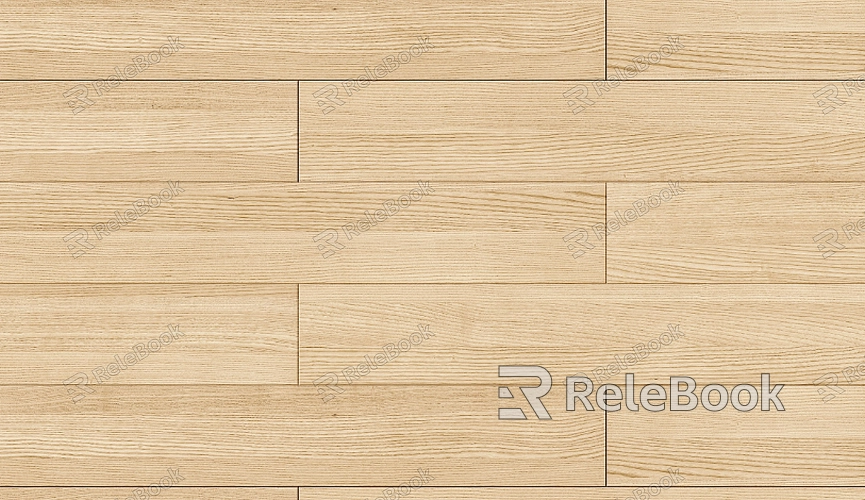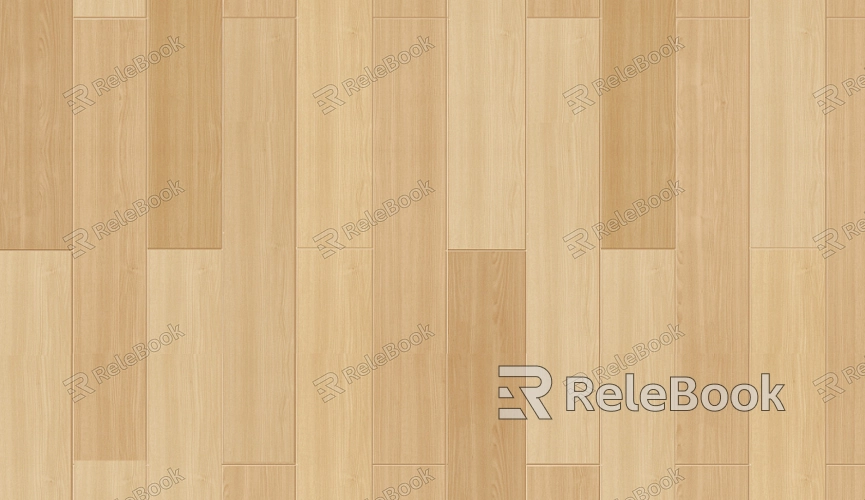How to Remove All Materials from a SketchUp Model?
When working with SketchUp, managing materials is a crucial part of the modeling process. While materials can add realism and texture to your designs, there are times when you might need to remove them entirely. This could be to simplify the model, retexture it, or prepare it for export. Whatever the reason, knowing how to efficiently remove all materials from a SketchUp model is an essential skill. In this article, we'll explore the various steps involved in this process, helping you achieve your goal with ease.

1. Applying the Default Material Across the Model
One of the simplest ways to remove all materials from your SketchUp model is by applying the default material to every surface. The default material in SketchUp is a blank, texture-free color that effectively erases any previously applied materials.
To do this, open your SketchUp model and select the "Materials" panel, which can be found under the "Window" menu. In the panel, locate the default material. It typically appears as a plain, white swatch. Select the entire model by triple-clicking on it to ensure all faces are selected. Then, with the model selected, click on the default material to apply it to the entire surface area. This method is particularly useful for smaller models where a broad, sweeping change is appropriate.
2. Purging Unused Materials from the Model
SketchUp offers a built-in function to purge unused materials from your model, helping you clean up your project’s material library. This option is especially handy when dealing with large, complex models that might have accumulated many unused materials over time.
To purge unused materials, open the "Materials" panel, and click on the "Details" button (often represented by a small icon with three horizontal lines). From the drop-down menu, select "Purge Unused." SketchUp will automatically remove all materials that are not currently applied to any surfaces within your model. While this doesn’t remove the materials that are still in use, it clears out the clutter, making it easier to manage and potentially set up the next steps in material removal.

3. Manually Removing Specific Materials
If you need to remove specific materials while leaving others intact, manual removal is the way to go. This approach gives you full control over which materials to keep and which to discard.
Begin by opening the "Materials" panel. Identify the material you wish to remove from the list. Click on the material to highlight it. Next, use the "Select" tool to click on any surface in the model where that material is applied. Once selected, press the "Delete" key or right-click and choose "Erase" to remove the material from that surface. SketchUp will replace it with the default material. You can repeat this process for each material you want to remove, ensuring only the surfaces you want to change are affected.
4. Using Extensions for Batch Material Removal
For those working with large models or who need to remove materials across multiple surfaces quickly, using SketchUp extensions can be a lifesaver. Extensions like "Material Tools" or "CleanUp³" are designed to enhance SketchUp’s native capabilities, allowing for bulk material removal with minimal effort.
To utilize these tools, first, download and install the desired extension from the SketchUp Extension Warehouse. Once installed, follow the extension’s specific instructions to batch-remove materials from your model. Typically, these tools offer options to remove all materials or to selectively remove certain types based on the criteria you set. Extensions can significantly speed up the process, especially for complex models with a lot of material diversity.
5. Exporting the Model to a Material-Free Format
Another method to remove materials is to export your model to a file format that doesn’t retain material data, and then re-import it into SketchUp. This method is particularly effective for large models or when you want to start completely fresh with no material data carried over.
To do this, go to the "File" menu and choose "Export." Select a format like "Collada" or "OBJ," which allows you to export without materials. Ensure that the export settings exclude any material information. Once the model is exported, create a new SketchUp file and import the exported model. The imported version should appear without any of the original materials, giving you a clean model to work with.
6. Combining Methods for Optimal Results
Sometimes, a combination of the above methods may be the best approach, especially when dealing with complex models that require more nuanced material management. For instance, you might start by purging unused materials, then manually remove specific materials, and finally, apply the default material to the remaining surfaces. Combining techniques allows you to tailor the material removal process to your specific needs, ensuring that the final model is exactly how you want it.
Whether you’re applying the default material, manually deleting specific ones, or using extensions for batch removal, the methods discussed in this article provide a variety of options to suit different needs. By understanding and utilizing these techniques, you can efficiently clear your model of unnecessary materials and focus on the next phase of your design. For a wide range of 3D models and textures to enhance your SketchUp projects, visit Relebook, where you can find a wealth of resources to meet your design needs.
FAQ
What happens to my model’s appearance after removing all materials?
Once you remove all materials, your model will revert to the default material, which is usually a plain, white color. The model will lose any previous colors and textures, giving it a neutral appearance.
Can I reverse the material removal process if I change my mind?
Yes, you can use SketchUp’s "Undo" function (Ctrl+Z or Cmd+Z) to reverse the removal of materials. This function allows you to step back through your actions, restoring materials if needed.
Does removing materials affect the model’s geometry?
No, removing materials only affects the appearance of your model. The underlying geometry—its shape and structure—remains unchanged.
Is there a quick way to remove all materials without extensions?
Yes, applying the default material to the entire model or using the "Purge Unused" feature in the "Materials" panel are quick ways to remove all or most materials without needing extensions.

